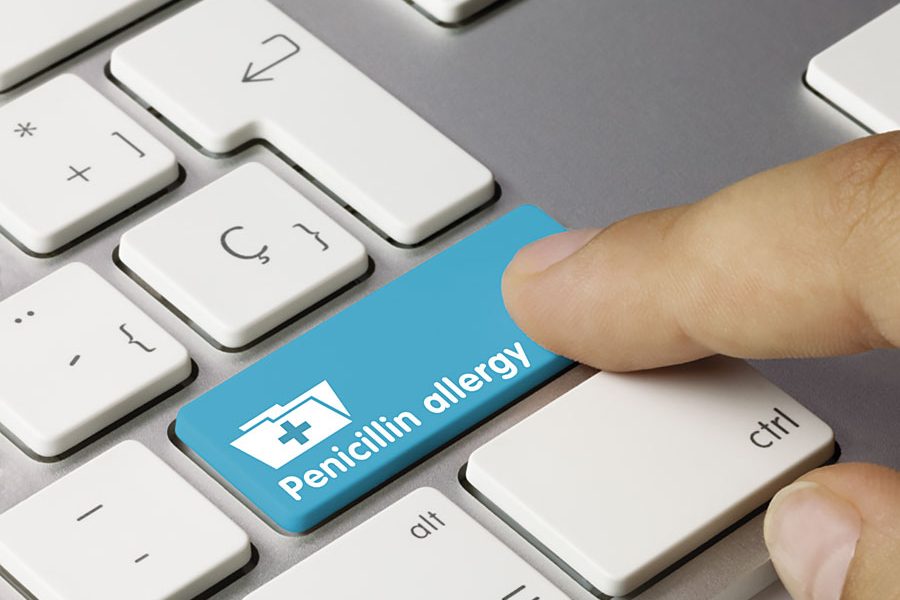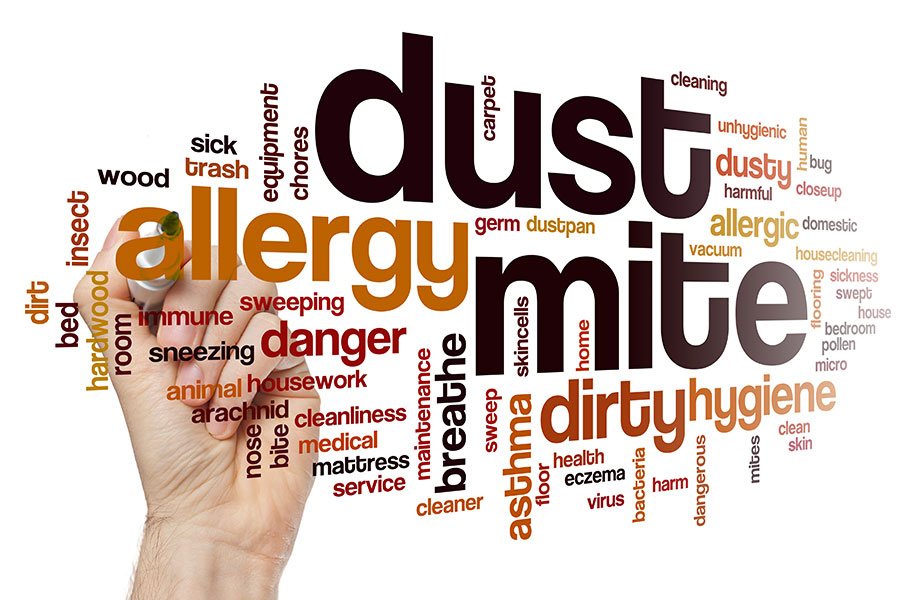Approximately 10% of people in the U.S. report they are allergic to penicillin, according to the Centers for Disease Control. In actuality, less than 1% of the population is allergic to penicillin. Correctly identifying people with true penicillin allergy can decrease the unnecessary use of broad-spectrum antibiotics, the CDC states.(1)
According to the Mayo Clinic, signs of a penicillin allergy often occur within an hour of taking the drug. Allergic reactions may include:
- Skin rash
- Hives
- Itching
- Fever
- Swelling
- Shortness of breath
- Wheezing
- Runny nose
- Itchy, watery eyes
- Anaphylaxis (2)
Research shows that true penicillin allergy is overreported.(2) The American Academy of Allergy, Asthma & Immunology advocates for penicillin allergy testing as a public health measure to combat antimicrobial resistance.(3)
To test, an allergist pricks the skin, generally on the forearm, and places a small amount of the allergen on the pricked skin. “Anyone with a positive skin test to penicillin — there’s usually itching, redness, and swelling at the site of the skin prick — is allergic and should avoid penicillin.”(4) If there is no reaction, the patient may undergo an “amoxicillin challenge,” under medical supervision. The patient is given amoxicillin and observed for one hour.(4)
(1) Centers for Disease Control, Is it Really a Penicillin Allergy, https://www.cdc.gov/
(2) Mayo Clinic, Penicillin Allergy, https://www.mayoclinic.org/
(3) American Academy of Allergy, Asthma & Immunology, National Penicillin Allergy Day, https://www.aaaai.org/
(4) Blumenthal, K. M.D., Harvard Health Publishing, Do You Really Have a Penicillin Allergy, https://www.health.harvard.edu/




